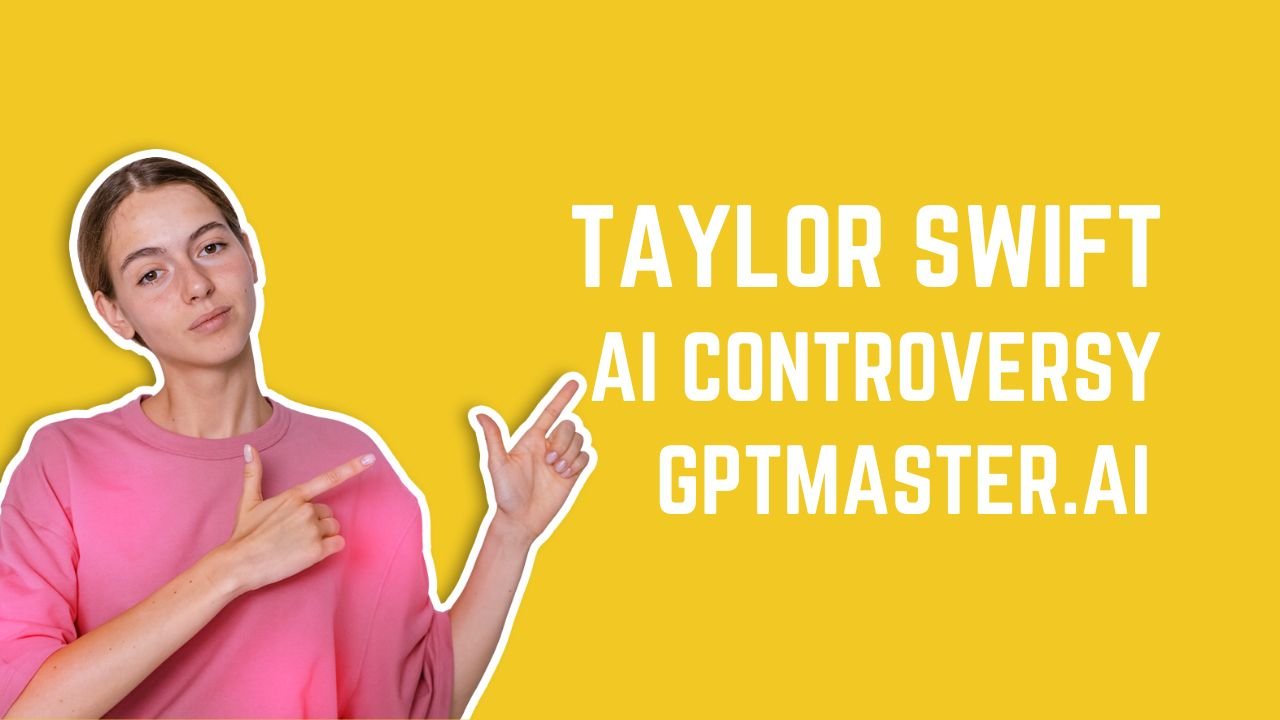Introduction
In the ever-evolving landscape of technology, the intersection between artificial intelligence and privacy has taken an alarming turn with the recent Taylor Swift AI controversy. The pop star, known for her musical prowess and activism, has found herself at the center of a storm involving explicit, AI-generated images, commonly referred to as “deepfakes.” These disturbing images, circulating predominantly on the social media platform “X,” have ignited a flurry of reactions from both fans and policymakers. This article delves into the heart of the controversy, exploring the technology behind deepfakes, the public response, and the broader implications for privacy and legal safeguards.
SEE MORE : Was Palworld Made By AI?
Unraveling the Deepfake Phenomenon
At the core of the Taylor Swift AI controversy are deepfakes – artificially generated images created through the amalgamation of artificial intelligence and advanced modeling techniques. The images depict Swift in compromising and offensive poses, raising serious ethical concerns. It is speculated that a diffusion model, a type of AI-driven technology accessible through various applications and publicly available models, played a pivotal role in the creation and dissemination of these explicit images.
The Fan Backlash: Protecting Taylor Swift
Swift’s fans, affectionately known as the “Swifties,” swiftly rallied to protect their idol. Fueled by outrage, they flooded the platform with related keywords and the hashtag #ProtectTaylorSwift, aiming to drown out the explicit content. Despite these concerted efforts, the platform’s attempts to remove the images were met with limited success, highlighting the challenges of controlling the proliferation of deepfake content once it takes root.
The Political Response: Advocating for Legal Safeguards
The Taylor Swift AI controversy has not gone unnoticed by policymakers. Representative Yvette D. Clarke, a Democrat from New York, voiced concerns over the incident, pointing to the ease and affordability of creating deepfakes due to advancements in artificial intelligence. This has sparked a broader conversation about the urgent need for legal measures to protect individuals from such violations.
Swift’s Potential Legal Action
Sources close to Taylor Swift have hinted at the possibility of legal action in response to this violation of privacy. This mirrors a trend among celebrities, with figures like Scarlett Johansson having previously taken legal measures against the unauthorized use of AI-generated content. The legal landscape surrounding deepfake incidents is complex, and Swift’s potential legal action could set a precedent for future cases.
The Broader Implications: Privacy, Consent, and Deepfake Proliferation
Beyond the immediate repercussions for Taylor Swift, the incident underscores the broader challenges associated with combating the spread of deepfake porn and AI-generated content featuring real individuals. The ease with which AI images can be created using simple text prompts raises serious questions about privacy and consent. Unlike traditional forms of media manipulation, deepfakes can be generated without the subject’s knowledge or approval, highlighting a significant gap in current privacy safeguards.
MUST READ : Domo AI App Download And Use
Conclusion
The Taylor Swift AI controversy serves as a stark reminder of the ethical dilemmas posed by the rapid advancement of AI technology. As deepfakes become more sophisticated and accessible, the need for robust legal measures to protect individuals from privacy violations becomes increasingly urgent. Swift’s potential legal action could shape the future landscape of legislation surrounding AI-generated content. As we navigate this uncharted territory, it is crucial to strike a balance between technological innovation and protecting the fundamental rights and privacy of individuals. The Taylor Swift AI controversy is not just about one celebrity; it is a call to action for society to grapple with the ethical implications of AI and ensure that legal frameworks evolve to safeguard against the misuse of this powerful technology.
Useful Table: Recent Deepfake Incidents Involving Celebrities
| Celebrity | Platform | Nature of Deepfake | Legal Action Taken |
| Taylor Swift | Social Media “X” | Sexually explicit poses | Potential legal action |
| Scarlett Johansson | Not specified | Unauthorized AI-generated content | Legal action taken |
| Other Celebrities | Various platforms | Diverse deepfake scenarios | Varied legal responses |
This table provides an overview of recent deepfake incidents involving celebrities, highlighting the nature of the content, the platforms involved, and the legal actions taken or considered.

